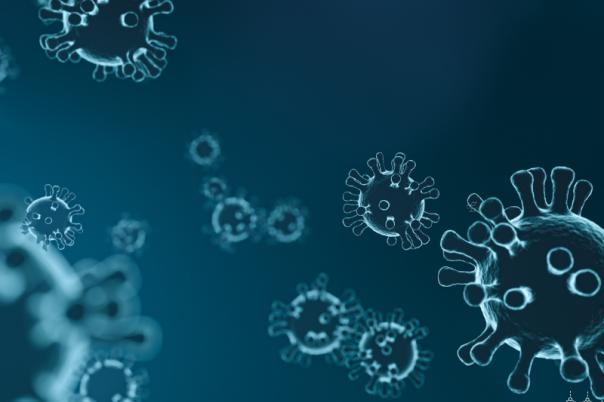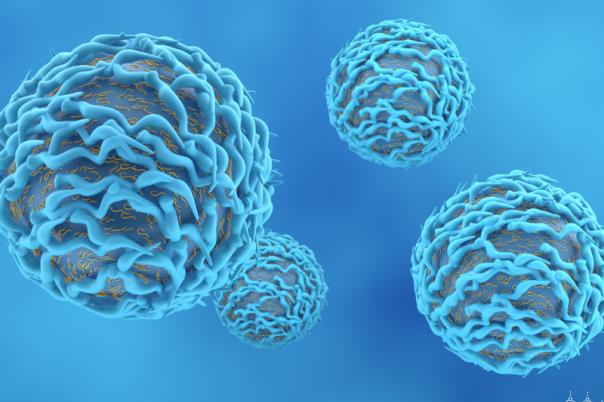Affibody is a clinical-stage biopharmaceutical company based in Sweden with a core focus on indications and targets. Nina Eissler, Director of Translational Medicine at Affibody, discussed the company’s HER2 PET imaging compound ABY-025, currently in Phase II and III clinical trials.
Affibody molecules are 3-helical molecules that offer an alternative to antibodies. They are 20 times smaller than antibodies and Eissler argued they have superior properties. Highly functional libraries select affibody molecules by phage display, selecting them either in bacteria or by chemical synthesis. Additionally, Affibody has developed its Albumod Platform: an albumin binding domain that couples with molecules such as affibodies to extend their half-life.
Key advantages of the platform include its small size, high affinity, selectivity, and cost-effective administration. Eissler said: “Our imaging compound, ABY-025, is an affibody molecule binding HER2 with picomolar affinity, coupled to a DOTA chelator.” The ABY-025 binds to a distinct epitope on HER2, allowing imaging without pausing HER2-targeted therapy. Unlike conventional therapies like trastuzumab, ABY-025 binds to a distinct HER2 epitope, this enables imaging without therapy interruption. This compound offers rapid distribution and clearance, making it ideal for high-contrast imaging shortly after injection.
Eissler noted that HER2 status in breast cancer can vary over time and be heterogeneous in a patient. Sometimes biopsies may not detect the HER2 expression due to HER2 heterogeneity. Imaging with HER2-specific tracers can fill these HER2 diagnostic gaps and provide a non-invasive method to detect HER2 expression across all lesions in the body. This is key for optimising therapy.
Several studies have shown the efficacy of ABY-025 in detecting HER2-positive legions. For instance, a study conducted by Uppsala University showed highly contrasting imaging of HER2-positive tumours and successfully identified HER2-positive brain metastases which are often undetectable with traditional methods. Another use case demonstrated that a patient imaged with 18 FDG PET showed no tracer uptake in HER2 negative lesions, while a HER2 positive patient showed clear uptake throughout the body. Imaging results were reproducible within patients. Moreover, when HER2 expression heterogeneity is correctly identified, this informs researchers about necessary treatment changes.
Regarding future research, Affibody is developing a therapeutic version of their ABY-271 molecule that may offer a targeted radiotherapy approach for HER2-positive cancers. Clinical validation is still ongoing, but this imaging technique could complement or potentially even replace biopsies to improve treatment decisions.




